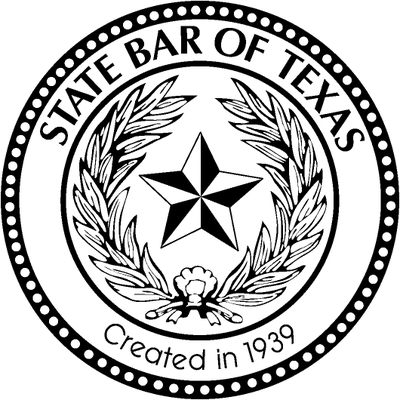Welcome to Texas Business Matters! Today we talk about another commonly-held myth that prevents employers from acting on a credible claim of sexual harassment—specifically, that of the “Superstar” harasser.
The “Superstar” harasser is an employee believed to be too valuable to terminate.
Think Matt Lauer, the former host of NBC’s “Today,” who earned $25 million a year while allegedly using a secret button under his desk to lock women in his office and sexually harass them.
According to Variety’s bombshell report, several women had complained to executives at NBC about Lauer’s behavior, which “fell on deaf ears.” As noted by Variety, “[f]or most of Lauer’s tenure at ‘Today,’ the morning news show was No. 1 in the ratings, and executives were eager to keep him happy.” To put it more bluntly, according to one former employee, “Management sucks there. They protected the s— out of Matt Lauer.”
What many employers, including NBC, may fail to understand is that the COSTS of employing a harasser—from decreased productivity to increased turnover to reputational damage to the ability to attract talent—outweigh the benefits. As a recent Harvard Business School study found, the profit consequences of so-called “toxic workers”—specifically including those who are top performers—is a net NEGATIVE.[1]
Analyzing data on 11 global companies and 58,542 hourly workers, the researchers found that roughly one in 20 workers was fired for egregious company policy violations, such as sexual harassment. Avoiding these toxic workers, they found, can SAVE a company more than twice as much as the increased output generated by a top performer.
Therefore, as noted by the EEOC, “[e]mployers should avoid the trap of binary thinking that weighs the productivity of a harasser solely against the costs of his or her being reported.” As the data shows, stopping sexual harassment is not only the right thing to do from a human perspective (though that is reason enough). Stopping sexual harassment is good for business.
[1] Michael Housman & Dylan Minor, Toxic Workers, Harv. Bus. Sch. (2015).









